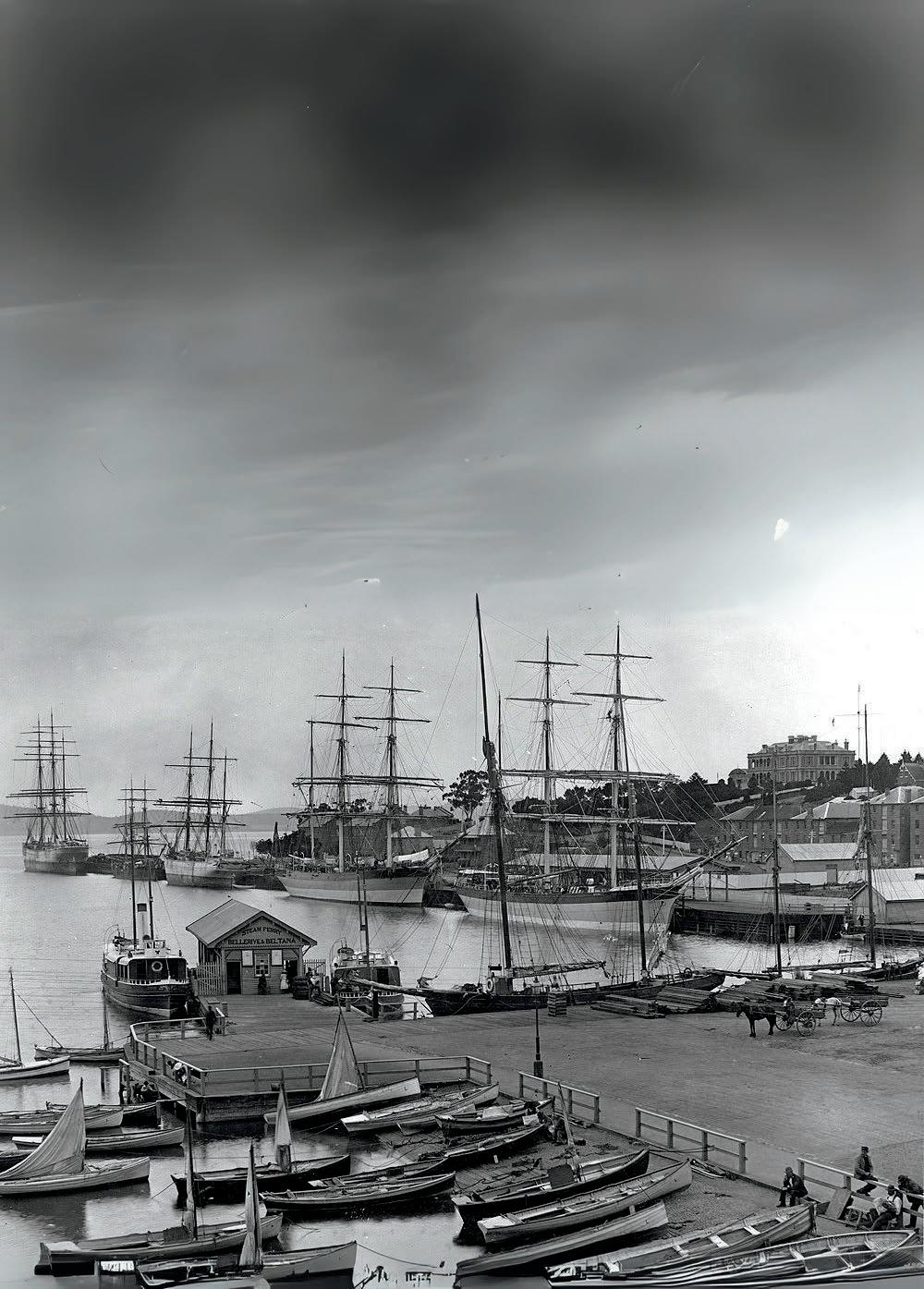
4 minute read
OUT OF THE BOX: The Hobby Of Constructing Models From Plastic Kits
BY REX COX
The current Maritime Museum Tasmania exhibition ‘Fine Lines: the art and purpose of ship models’ has rekindled memories of a hobby popular with young people in the 1950s and ‘60s, involving the glueing together of lots of polystyrene parts out of a bag or box to produce quite passable models – subject to a reasonable level of patience and care, especially when painting them.
These kits evolved from advances made with injection moulding of plastics during and after WW2 (much of this development having occurred in the Third Reich, due to wartime shortages of other materials). British model aircraft manufacturer FROG (“Flies Right Off the Ground”) quickly supplemented its traditional wooden products with the new material and other companies like Airfix (UK), Revell and Lindbergh (both USA) were soon offering a wide range of ships, planes, cars, you name it. Some had play value, such as revolving gun turrets, but the overall impression was of a scale model that bore a close resemblance to the real thing.
Like most kids at the time, I started off with an Airfix Spitfire, available for a small amount of pocket money in a polythene bag with assembly and painting instructions printed on the inside of a paper header. My first ship was another reasonably priced Airfix kit of the WW2 destroyer HMS Cossack in 1:600 scale. This came in a cardboard box, which like the bag header displayed attractive artwork. Waterslide transfers were included, along with cut out paper flags.
Some of my school friends became interested in the hobby too and before long we all had fleets of ships in various scales. Kits could be bought not just in toy shops but at newsagents and hardware stores, plus the big retailers like Coles. Incidentally, this wasn’t just a “boy thing” – my wife tells me that she also made some model aeroplanes.



Probably the most complex project that I attempted was the sailing ship Seeadler, a WW1 German commerce raider – I don’t think that I got the rigging right, but the end result wasn’t too bad. By coincidence, I also came across a superb kit of the WW2 German raider Atlantis about the same time that a film of its exploits titled “Under Ten Flags” was screening in one of the local cinemas.
Revell’s model tug Long Beach has been a favourite since I received it as a present for Christmas 1961. Part of the attraction may be its resemblance to a local tug, ANM’s Maydena – also of American wartime design and, incidentally, still around as the fishing vessel Tacoma. The advert from Meccano Magazine “starring” Long Beach also shows the Matson freighter Hawaiian Pilot which later visited Burnie and Hobart as Sonoma – so of course I had to have that too!
At least one model ship plastic kit was produced in this country. It was a good representation of ANL’s passenger ferry Empress of Australia (1965), available for sale in the ship’s shop and apparently elsewhere as I acquired one but never travelled on the vessel. Appropriately, the Bass Strait Maritime Centre at Devonport has one on display in partially made-up condition, complete with box.
Plastic construction kits are still around, though I suspect that (like model trains) they are largely aimed at the nostalgia market and mostly bought by gentlemen of a certain age keen to rekindle the pleasures of an absorbing hobby from their youth.









